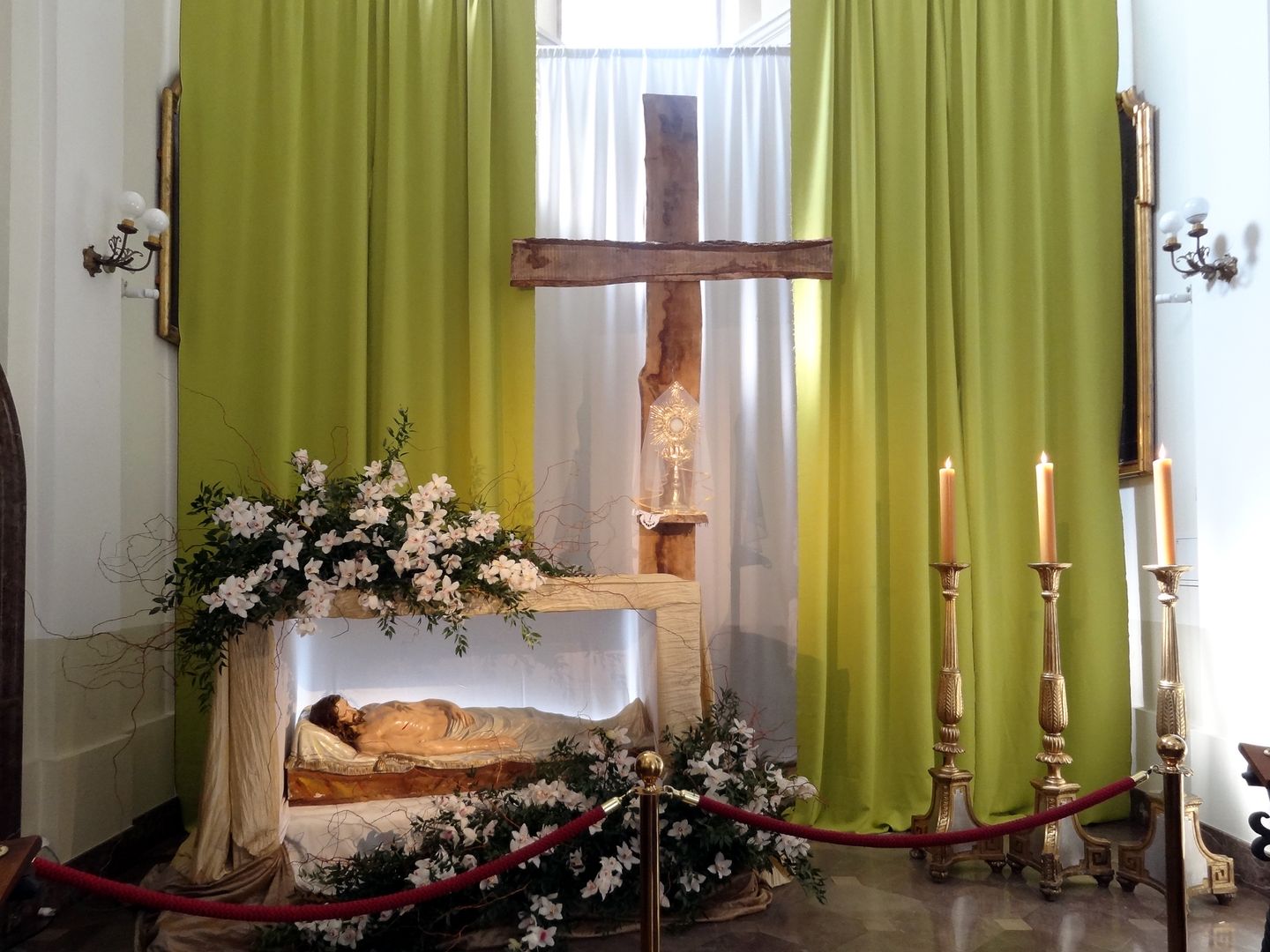Church of St. Francis in Warsaw
6.07

Overview
The Church of St. Francis in Warsaw, also known as the Church of the Stigmata of St. Francis, is a significant architectural and cultural landmark in the New Town. The Franciscans settled in Warsaw in 1646, establishing a church and monastery thanks to donations from local dignitaries and the approval of King Władysław IV. The original wooden structure burned down during the Swedish Deluge, and between 1679 and 1691, the project by Giovanni Battista Ceroni was partially implemented, with some elements surviving to this day. Construction resumed in 1713, and the church was consecrated by Poznań Bishop Stanisław Hozjusz in 1737. Despite interruptions in construction, including due to Ceroni's death, the church retains Baroque and Rococo elements. In the 19th century, the monastery complex underwent various transformations, including repurposing for diverse institutions. After the destruction of World War II, the church was rebuilt, and its interior preserved many valuable artworks, including paintings by Matthias Kargen and Michael Willmann. Architecturally, the main altar and numerous side altars stand out, such as the Altar of the Holy Cross with a sculpture by Andreas Schlüter. Interestingly, the classical alterations to the façade in the 18th century did not enhance its artistic value. In 1940, the church was near the boundaries of the Warsaw Ghetto, and during the Warsaw Uprising, it suffered from bombing. Today, after numerous restorations, the church has regained its former glory, preserving its rich cultural and artistic heritage, including Baroque organs built in 1925.
Location
Tickets
Powered by GetYourGuide
2025 Wizytor | All Rights Reserved